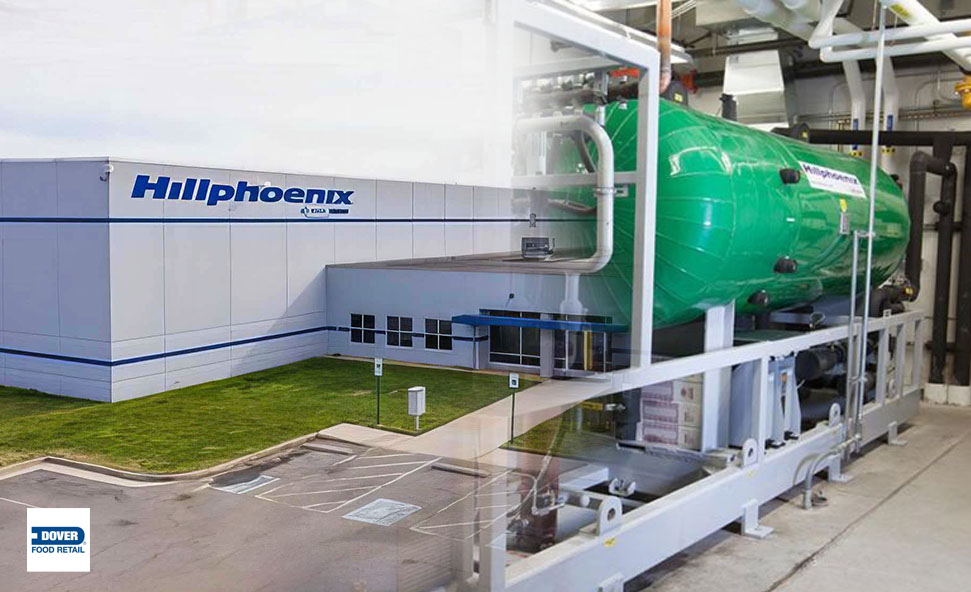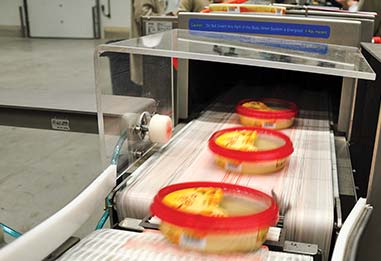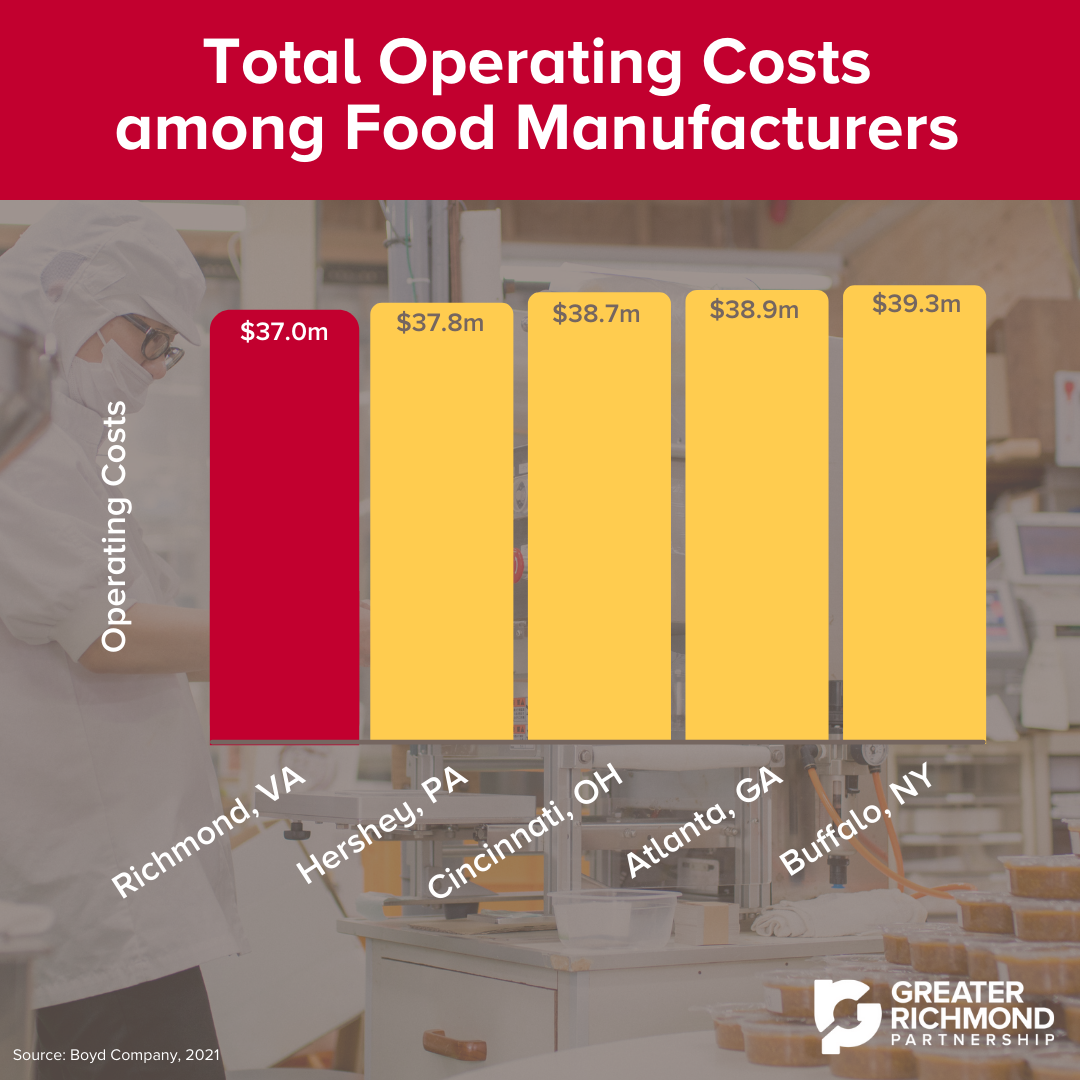
News
Blog | 3 min read
July 9, 2021

When it comes to food manufacturing, Greater Richmond, Virginia, is rising to the top thanks to the Boyd Company’s recent location analysis of mid-size markets. The consultancy developed an independent study to examine the costs associated with food manufacturing in leading locations across the U.S. and discovered that the region is a prime choice on the East Coast.
As the U.S. population increases, demand for food manufacturing increases as well – especially from a regional distribution standpoint. Over the past 5 years, the number of U.S.-based food manufacturing facilities has grown by 3,492, or an average of about 700 a year, to 35,369 in 2020.
When demand grows, manufacturers need to meet consumer needs with greater overall cost savings. This is where food and beverage makers can take advantage of Greater Richmond’s value. The region is highly competitive in the Boyd Company’s cost study, having the second lowest overall operating costs out of the 15 U.S. cities highlighted. Of the seven most competitive cities in the study, 5 are clustered on or near the East Coast: Richmond, Atlanta, Ga., Buffalo, N.Y., Cincinnati, Ohio and Hershey/Lebanon, Penn. Compared to the other four cities, Richmond has the lowest weighted average hourly earnings and total annual labor costs. Electric power and natural gas costs are lowest for Atlanta, with Richmond ranking second. Cincinnati and Buffalo have lower industrial lease costs than Richmond.

However, Greater Richmond has the lowest overall operating costs out of the 5 cities, with a total of $37.0 million. The next most competitive city would be Hershey/Lebanon with operating and annual labor costs at 2 and 1 percent higher than Richmond, respectively.
The region with the lowest operating cost, Omaha, Neb., is located more than 1,200 miles from Greater Richmond, thereby eliminating it from being a competitor for the same food manufacturing project. Dallas, Texas, has the third lowest overall operating costs, but is in a similar position to Omaha due to its distance from Richmond. Therefore, it is geographically reasonable to assume that the most direct competitors of Richmond would be cities located on or near the nation’s East Coast.
Lastly, the tax impacts of a food manufacturing company have been added to the Boyd cost analysis using data from a 2021 Tax Foundation study and Risk Management Association report. Of the 15 cities, Richmond has the lowest effective tax rate and tax costs for a mature manufacturing firm, with Omaha having the second lowest rate and costs. For a new manufacturing firm, St. Louis and Cincinnati have the lowest effective tax rate and tax costs. Richmond has the fifth lowest rate and costs after St. Louis, Cincinnati, Atlanta, and Omaha. Overall, Richmond has a lenient tax environment that favors established firms but remains competitive for new manufacturing firms.